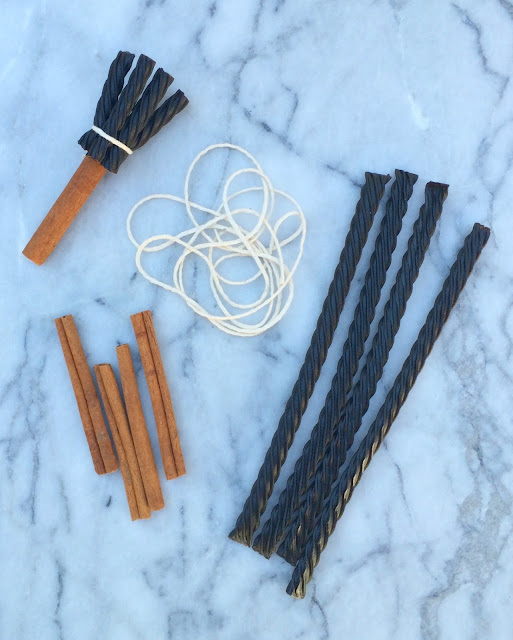

Native to the Meditteranean region and Canary Islands. Spanish Broom has escaped from cultivation and become an aggressive invader in many tropical, subtropical and temperate regions of the world.Propagate by seed sown in containers in a cold frame in fall or spring.

Growth rate: Rapidly growing in warm, rainy regions, it may be slow. Once established it tolerates drought, dry and poor soils, salt and part shade. Great for beds and borders, wall-side borders, coastal gardens, Mediterranean gardens. Leaf retention: Evergreen but cold-deciduous. It is a great choice for mass planting along slopes or hillsides.
#COLD TOLERANCE OF SWEET BROOM FULL#
#COLD TOLERANCE OF SWEET BROOM HOW TO#
By signing up to be a weed watcher, you get training on the plants we’re most concerned about and how to map them (on paper maps or with a GPS). The connection between cold-hardiness and gene expression has been investigated for stick insects (Phasmatodea) in New Zealand by Dunning et al.

We know where the big patches of broom are already, but finding new sites while they are still small saves time, money, and prevents the damage these plants can do and knowing where weeds aren’t is important in setting priorities. Sweet broom shrub adds a nice wild touch to your landscape and enhances the area with its bright yellow scented blossoms. The plant grows quickly and is an airy bush with drought and cold tolerance. Weed Watchers is a program to look for the worst plants in the best places. Sweet Broom is an attractive plant with profuse amounts of golden yellow blooms and small bright green leaves. That’s where you can help: Many of our regular habitat restoration events involve pulling broom, and brooms are three of our target plants for our hike-and-map squad of weed watchers. The best thing to do is keep it out of areas it’s not in yet, and pull it quickly before it reproduces. How does it spread Explosive seed mechanism. We also know the seeds in the soil may outlive us, and broom removal is a long slog. Tolerates warm to very cold temperatures, most well drained soil types, grazing, fire, and high to low rainfall. Afterwards, this is a notably drought tolerant variety. Water 2-3 times a week during the first growing season.

We know non-native brooms have a lot of detrimental effects on our lands, from changing the soil chemistry and habitat structure to blocking animal (including human) passage and increasing maintenance needs to keep roads, trails and fuelbreaks open. This selection is tolerant of most soils however, good drainage is important.


 0 kommentar(er)
0 kommentar(er)
